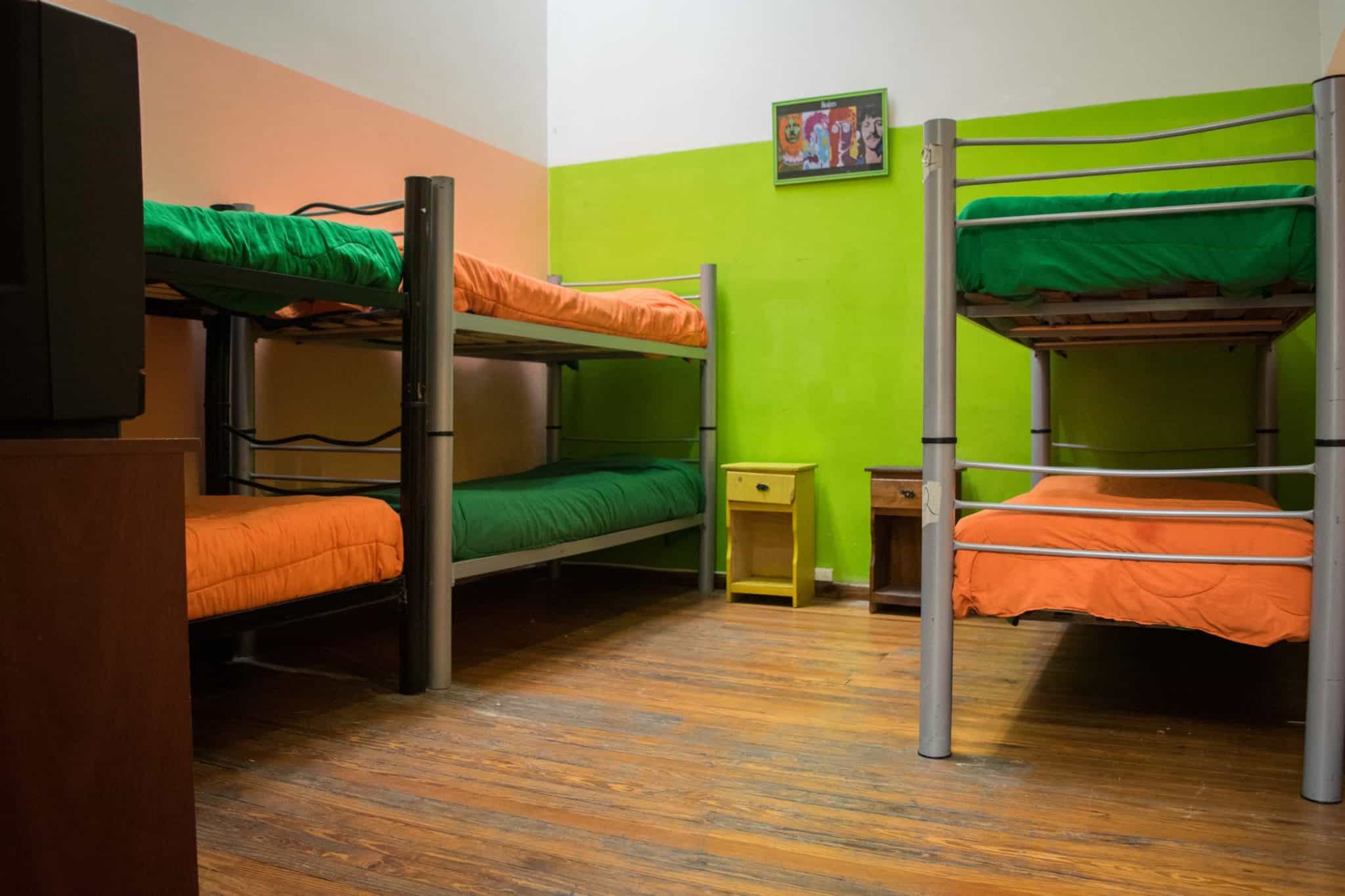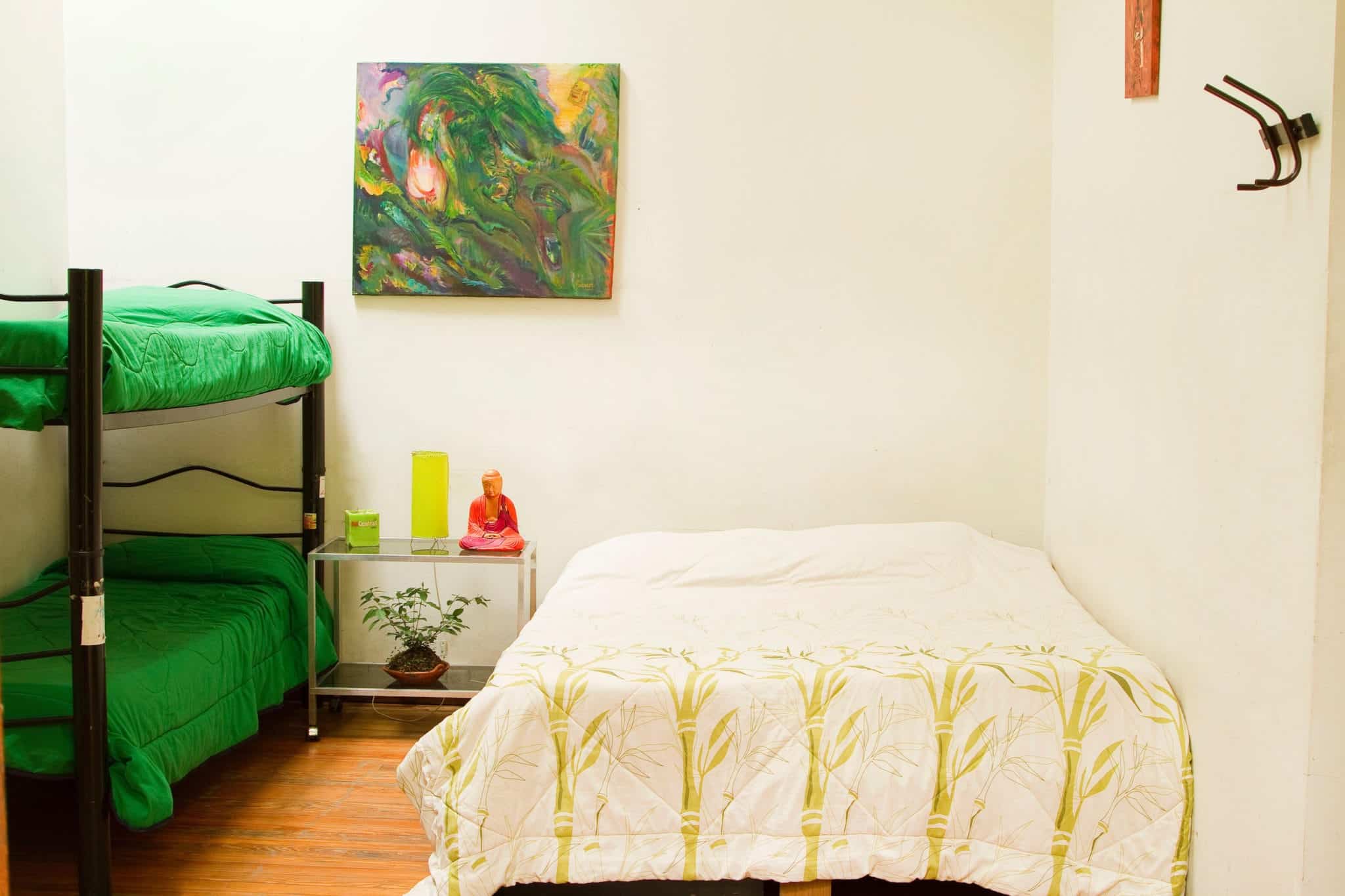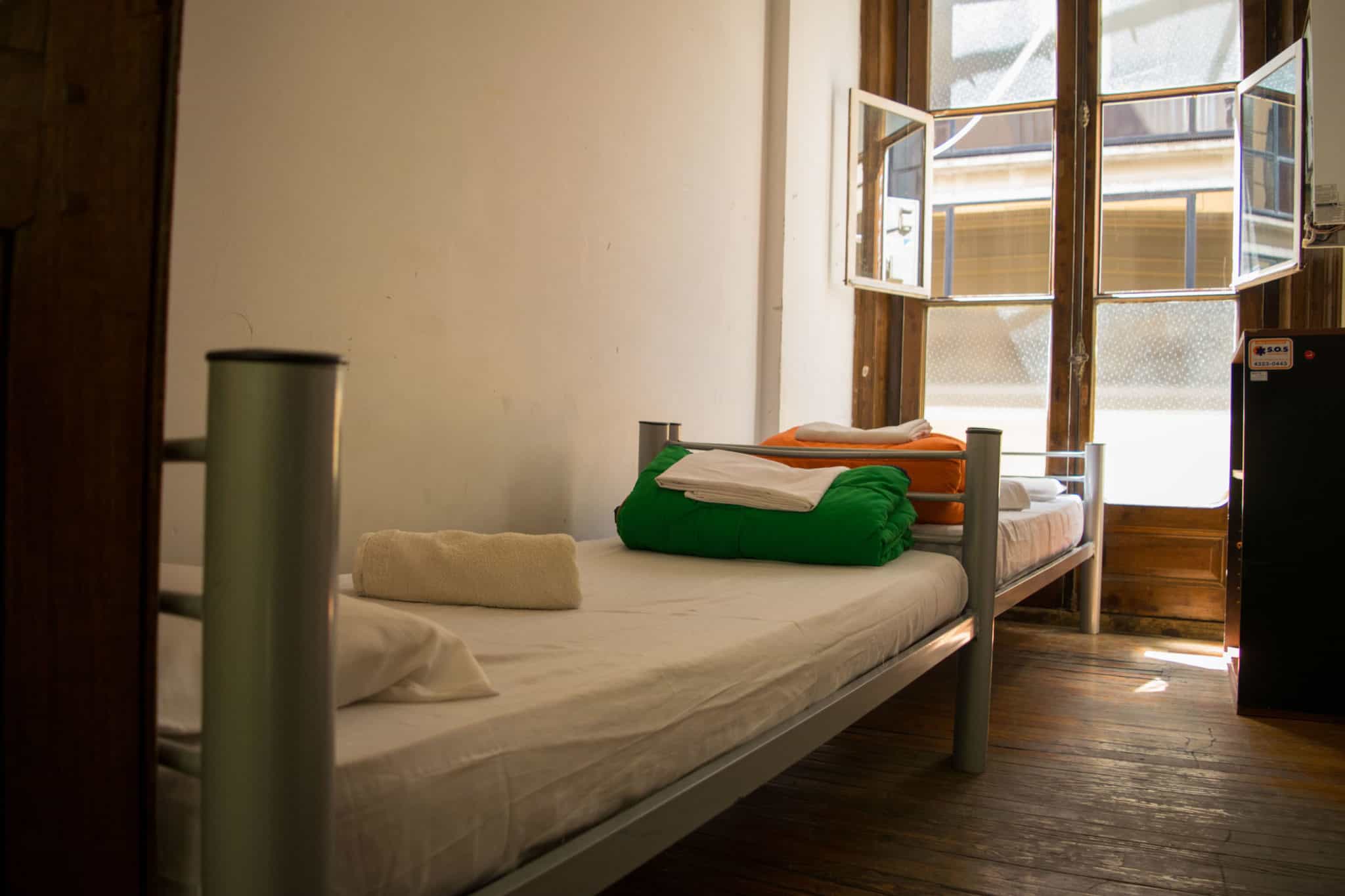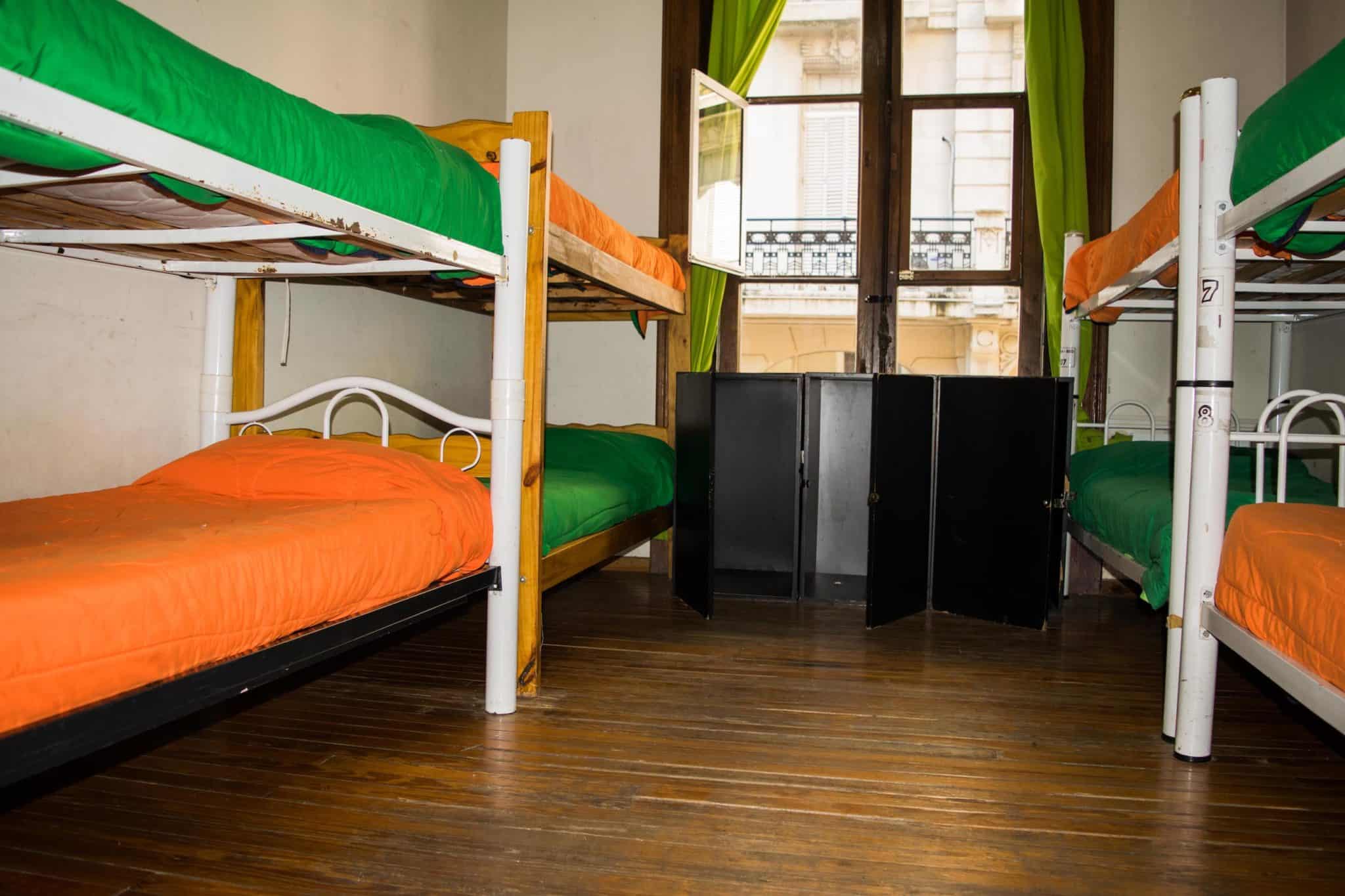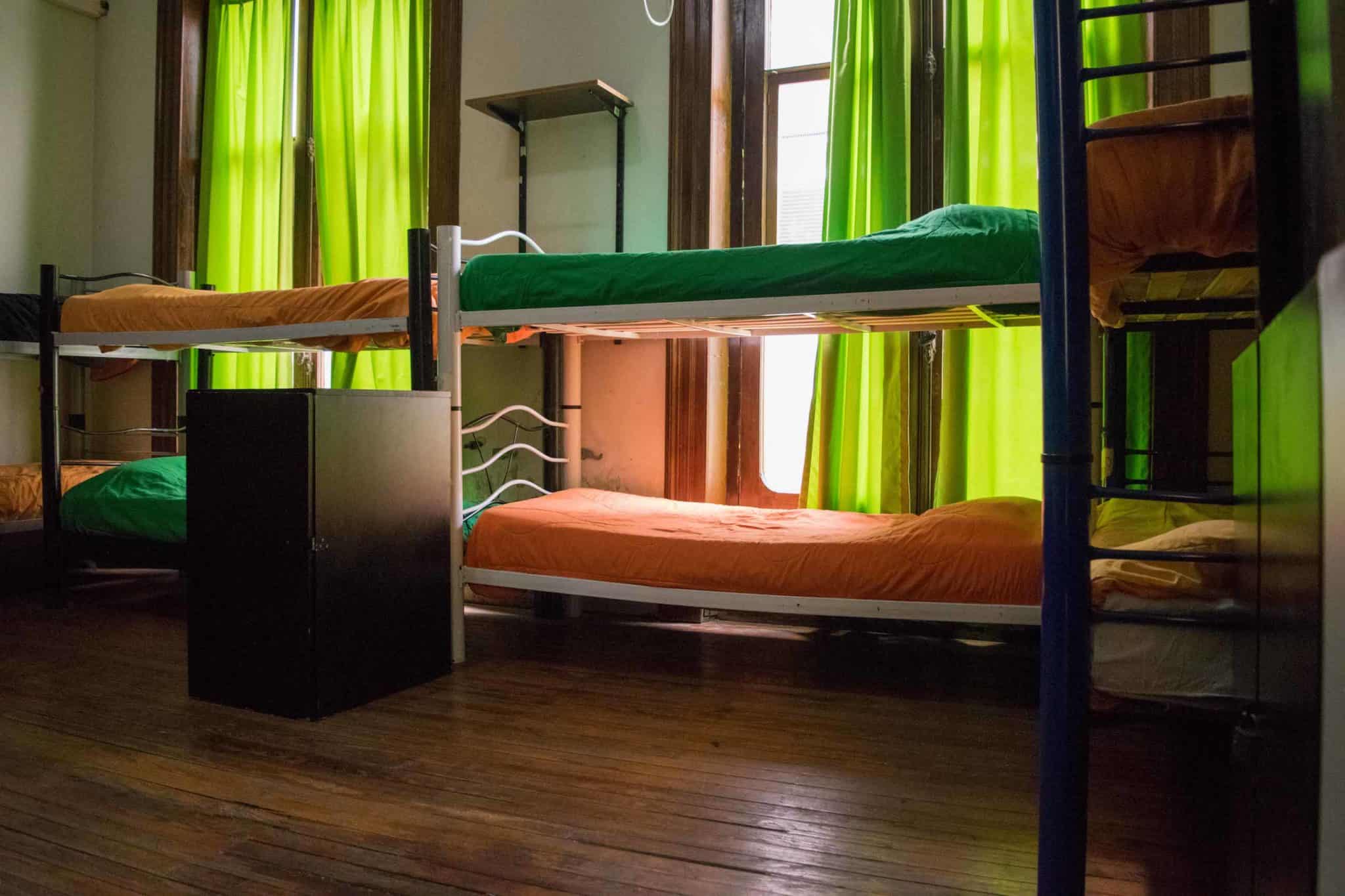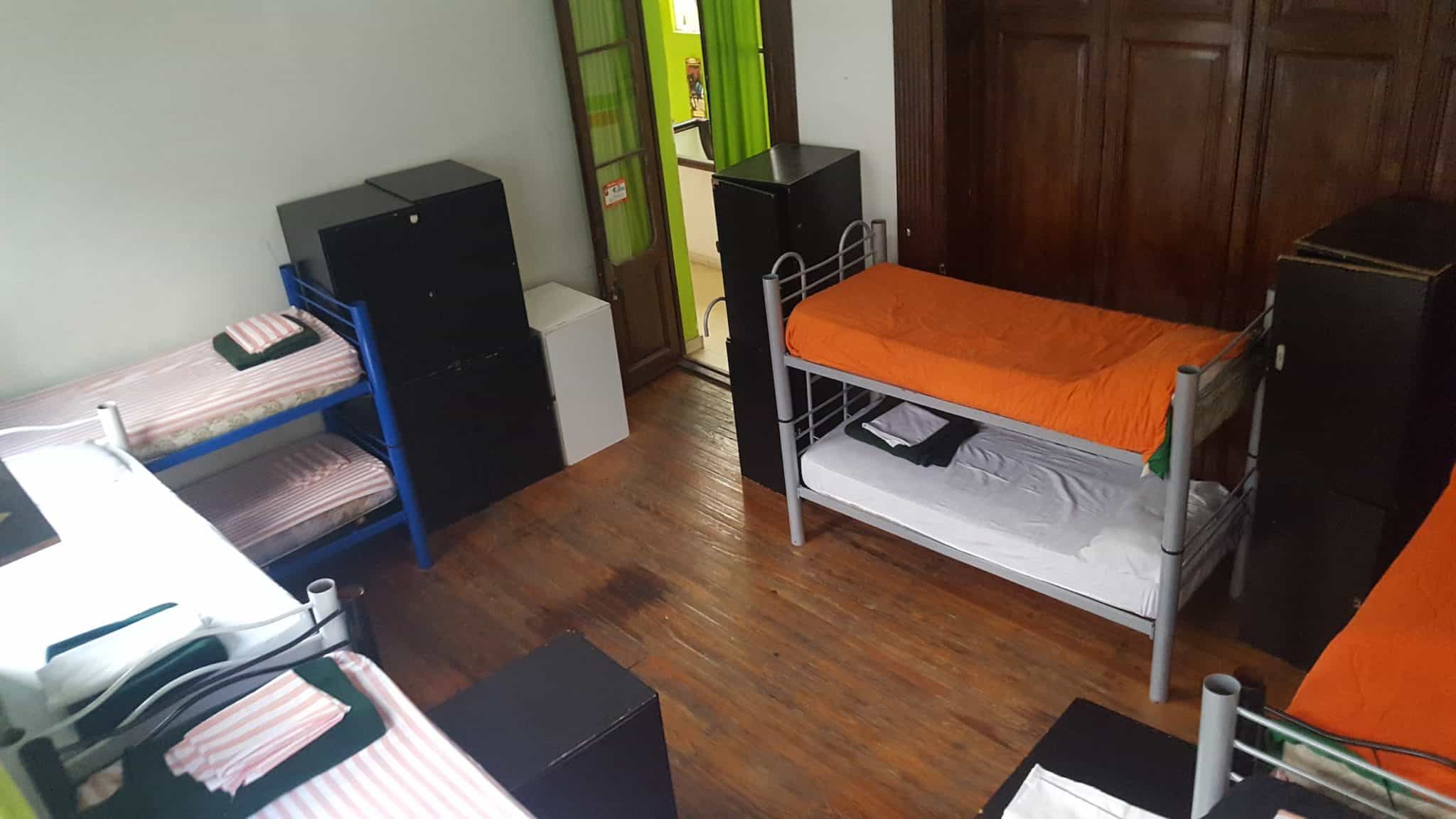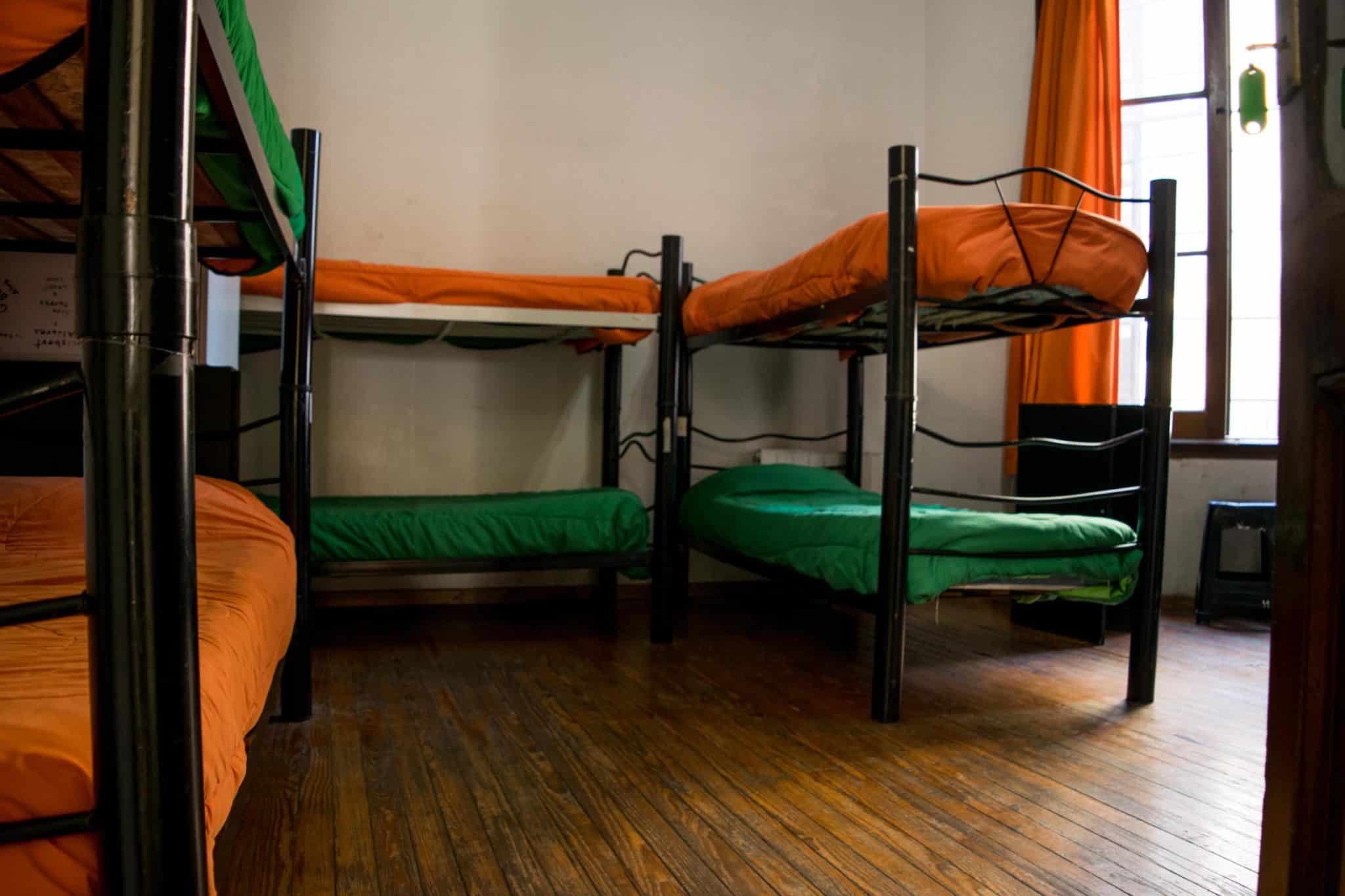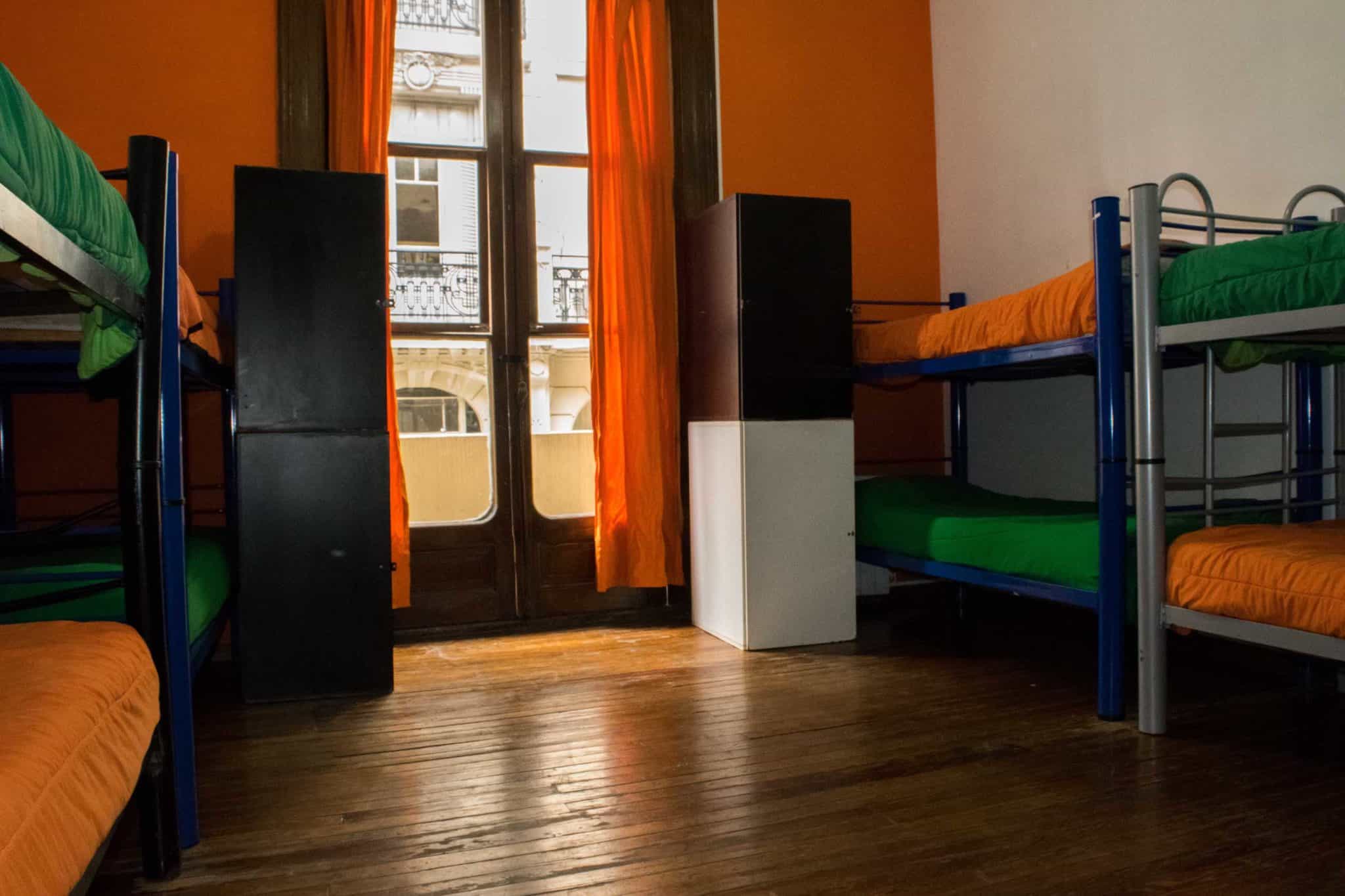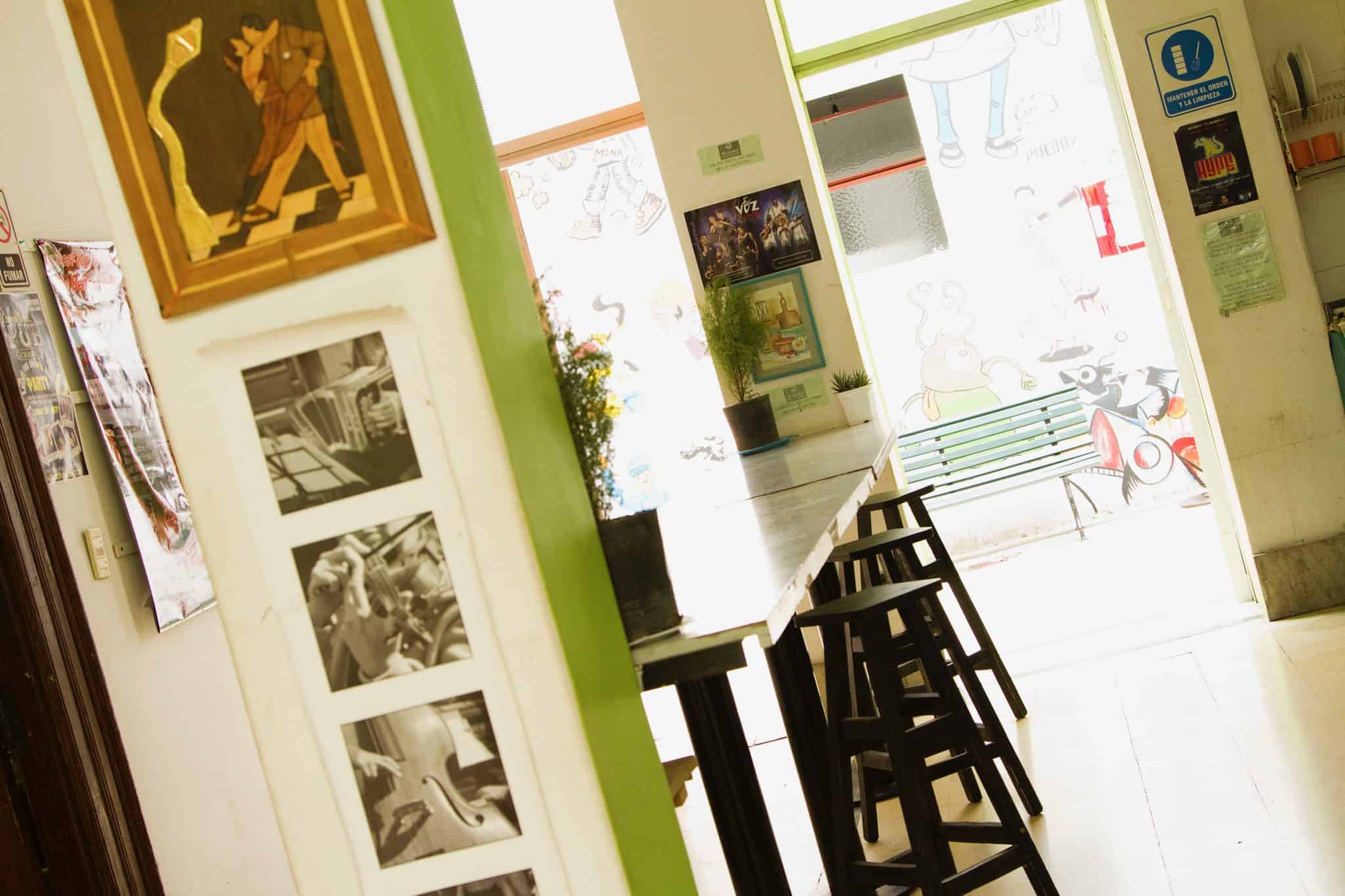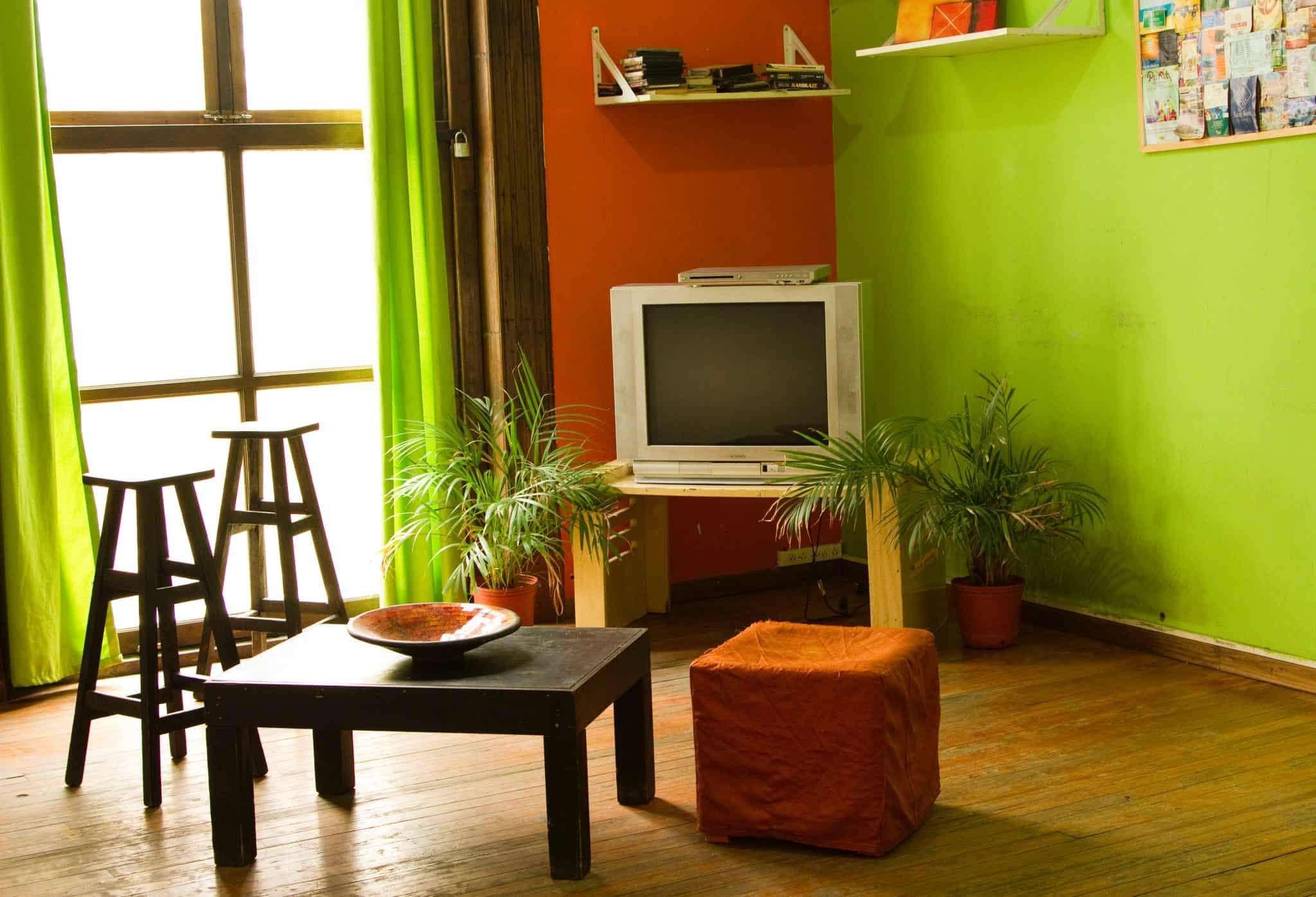The 06 Central Hostel tempts you to come experience Buenos Aires.
The area of Palermo located between Casares Avenue and Libertador Avenue holds sixty-one acres of forests, lakes, plants and rose gardens.
The so called “Poets’ Garden” represents a true lung to the city. There you can appreciate impressive sculptures that represents celebrated writers such as Paul Groussac, William Shakespeare, Dante Alighieri, Federico García Lorca, Antonio Machado, and the local poetess Alfonsina Storni among others.
It is limited by Libertador Avenue where many embassies and high category building are held. During the summer there are many activities for the families and children to attend.
1. Botanical Garden
3951, Santa Fe Avenue (and Las Heras Avenue)
The outstanding French architect and landscape designer Carlos Thays put it together in 1898. It is thought to be his most exceptional work. It counts with almost nineteen acres of up to 6,000 plant and species.
The garden has many fountains and sculptures. It is divided into sections according to the flora’s origins. The local flora gets the most important spot, and has species that grow in each of the country’s province. There are also areas destined to the flora of each continent.
2. Argentinian Rural Society
Sarmiento Avenue and Santa Fe Avenue.
Tel. 4324 4700
During the last 120 years it has been house of very emblematic expositions in the city as well as the world’s most prominent agricultural fair: “La rural”.
3. Spaniards’ Monument
Sarmiento Avenue and Libertador Avenue
“The Magna Carta and the Four Argentinian Regions” is its true name, but its popularly known as Spaniard’s Monument because the Spanish donated it in 1910, during the hundredth anniversary of the Revolution.
4. Plaza Alemania (German Square)
Libertador Avenue, Casares Avenue, Castex and Cavia.
This other work by Carlos Thays was finished in 1914, it has a very European styled garden which was restored to its original appearance in 2004.
The fountain is the work of the sculptor Adolfo Bredow who built it with soft stone, Carrara marble and bronze.
5. Jardín Japonés
Carlos Casares Avenue and Figueroa Alcorta Avenue.
This beautiful garden is a gift from the Japanese community, it reminisce a traditional Japanese garden. There is a lake with a cascade, multicolored koi carps, a space for meditation, a dry Zen-styled garden and a tea house or restaurant where there are regular exhibitions.
6. Persian column
Figueroa Alcorta Avenue and Sarmiento Avenue
The Iranian government donated this column which is known as “The Persian Temple Column”. It is a copy of the ones in the Persepolis Palace.
7. Parque Tres de Febrero (Park)
Libertador Avenue and Sarmiento Avenue
This park was inaugurated on November 11 of 1875 under the government of Domingo Sarmiento, it owes its named to the Battle of Caseros. Between 1892 and 1913 it was expanded to its current extent.
Inside the park there is a monument representing the Little Red Riding Hood, work of the French sculptor Jean Carlus, it is made out of marble and bought by the Government of Buenos Aires.
“Lo de Hansen”, one of the biggest “milongas” in the history of Tango used to be in the area. Later, between 1895 and 1910 it became a very popular nightclub.
8. Planetarium: Galileo Galilei
Belisario Roldán Avenue and Sarmiento Avenue
This five floors building holds an hemispherical 20-meter dome covered with aluminum sheets frmo the inside where a blue sky is projected. The authentic planetary is located on the center of the hall: it is a 5-meters tall device, weighs 2,5 tons and has approximately 100 projectors. The moon and the sun are observable through its lens, as well as Venus, Mercury, Mars, Saturn, Jupiter and 8,900 stars.
On the nearby lake there is a sculpture called “Sorprendida”work by the Italian Nicolás A. Ferrari, and a few meters later there is a monolith that reminisce Nicolaus Copernicus.
9. Los lagos de Palermo (the Lakes)
Infanta Isabel Avenue and Araola Avenue
The lakes in the area of Palermo were produced by the floodings that were generated when a portion of the soil was removed for the construction of the railroad. A beautiful forest surrounds it, full with Eucalyptus, Rosewood, Ombú and Tala trees. Pedal boats are available for renting. Worth taking a ride!
Not far from the park there is the Eduardo Sívori Museum (555, Infanta Isabel Avenue). It is one of the oldest in the city.
10. Argentinian Racetrack of Palermo
4100 Libertador Avenue
The opening day, in 1876, all the trains and streetcars in the city weren’t enough for the number of people who wanted to attend to the very first race.
The main course is 2,400 meters long and is considered one of the best in the world.
11. Rosedal (Rose Garden)
Infanta Isabel Avenue, Iraola and Presidente P. Montt
It is the heart of the Tres de Febrero park. The design was in charge of Carlos Thays who started working on it in 1914. Originally it was supposed to have 14,700 roses planted; today it counts with almost 13,000.
The Andalusian Patio, constructed in 1929, represents its most important attractions. This was a gift from the city of Seville. It also counts with an arbor covered with rambling roses and a wooden bridge that crosses the lake called “Puente Blanco”. At the very center there is the Poets’ Garden, with sculptures of illustrious writers such as Shakespeare, Dante Alighieri, Alfonsina Storni, Federico García Lorca, Jorge Luis Borges and Antonio Machado among others.














